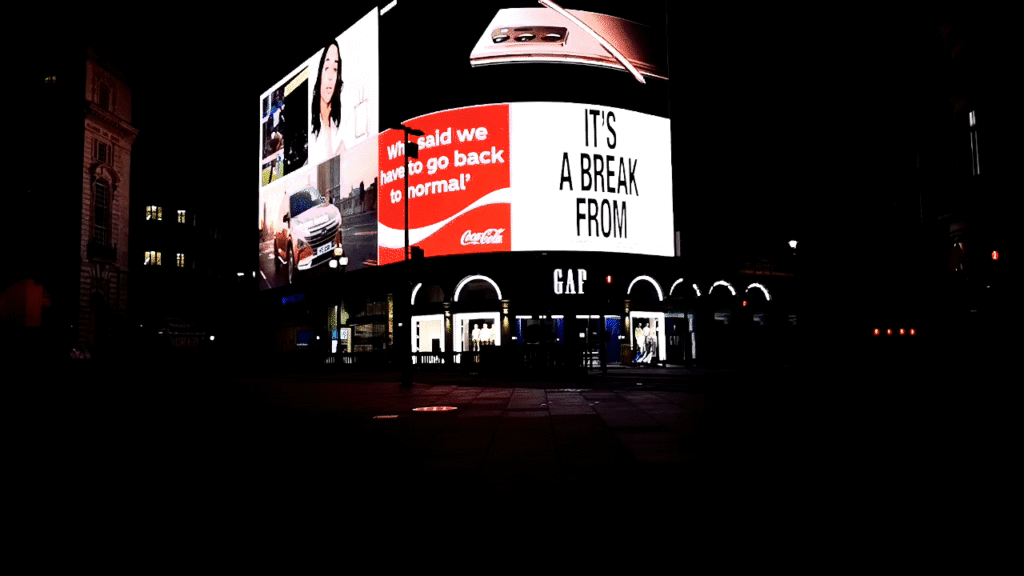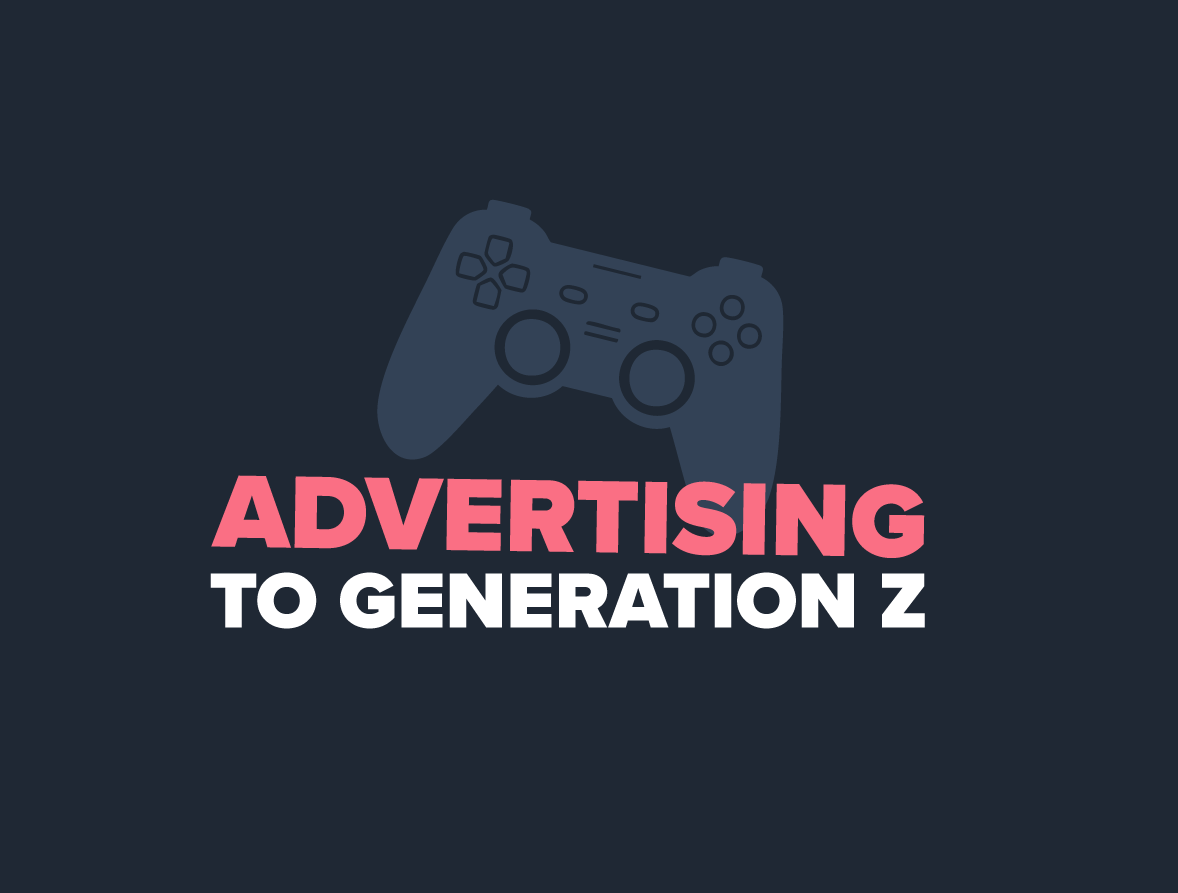
Digital Out of Home or DOOH (one of the many, many digital marketing acronyms we’re all still trying to memorize) is the term assigned to any digitized displays located in public places. Generally capable of hosting static and animated ads, and located in a variety of locations, DOOH panels provide a unique top-of-funnel advertising approach that allows for easy creative swapping, interaction with viewers, and even some (limited) device ID tracking. Types of DOOH panels include Urban Panels (street level screens in densely populated urban centers), Spectaculars (large, elevated panels that are eye-catching and bright, as seen in Times Square), Retail Panels (shopping center kiosks, column wraps, or wall-mounted screens), and Transit (screens on and in subway platforms, taxis, or airports).
pDOOH
Programmatic Digital Out of Home describes, as the name indicates, DOOH placements that have been purchased on a programmatic basis. Similar to any other programmatic advertising, pDOOH placements are not guaranteed or fixed within a panel’s cycle; rather, placements are bid on automatically and instantaneously, and ad impressions are served when placements are won. This method of DOOH buying can be an efficient and cost-effective way to serve targeted ads on more exclusive panels without having to commit to high-priced deals.

QR Codes (and how to use them)
Over 27 years old, the Quick Response Code now feels like the default menu option in any downtown bar or restaurant. Easy to scan and track, QR codes are an obvious choice for advertisers seeking to engage their audiences with the otherwise engagement-less nature of DOOH. However, advertisers must note that not all out-of-home panels are created equal, and a QR code is often better suited for a street level urban panel than a spectacular located 50 feet up the NASDAQ building.

Share of Voice
The Share of Voice, or SOV, describes the percentage of media purchased by a specific advertiser compared to the total media available. For example, if a digital panel has a 100 second loop split into 10 slots, then an advertiser who buys one slot has a 10% SOV on that panel. However, if they were to buy the entire loop for a short period of time (a popular strategy in densely populated areas to promote a big event or one time offer), then they would have 100% SOV during that designated time frame.
Device ID Passback
With developing technologies being more widely used and available among major DOOH vendors, advertisers can receive valuable Device ID data. By working with GPS providers, DOOH vendors collect and analyze device ID data of consumers who pass by a DOOH screen while an ad is being served. This anonymous data can then be used by advertisers to retarget these consumers on other marketing channels including display, social, CTV, etc. Additionally, this data can be a valuable component of measuring a campaign’s success, contributing greater insights into the value of investing in DOOH.


